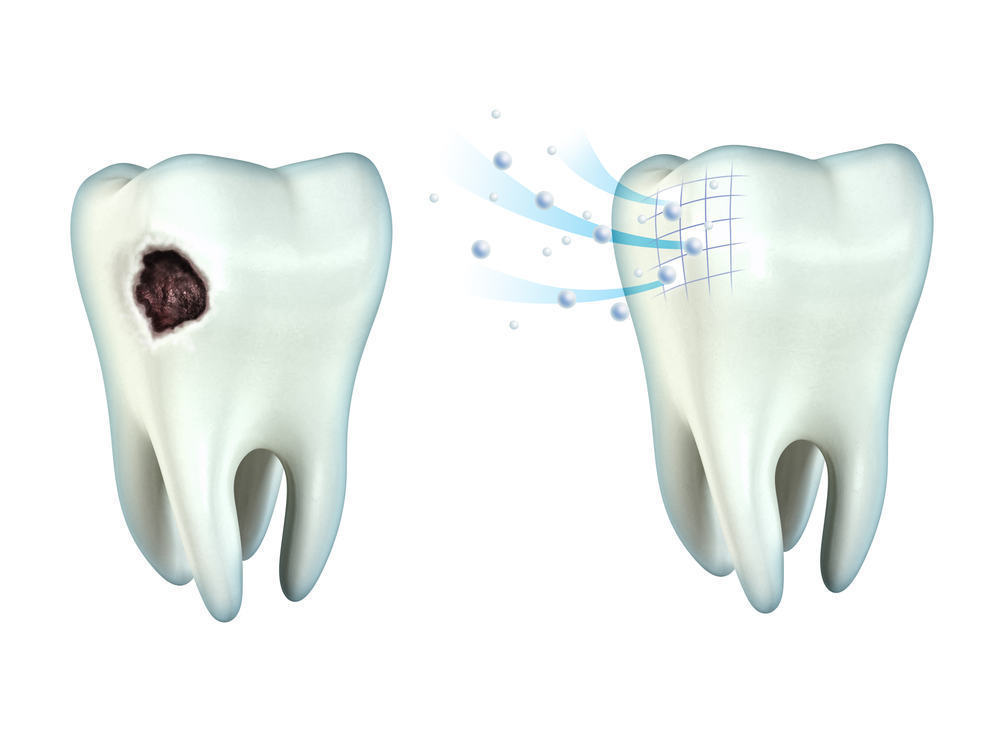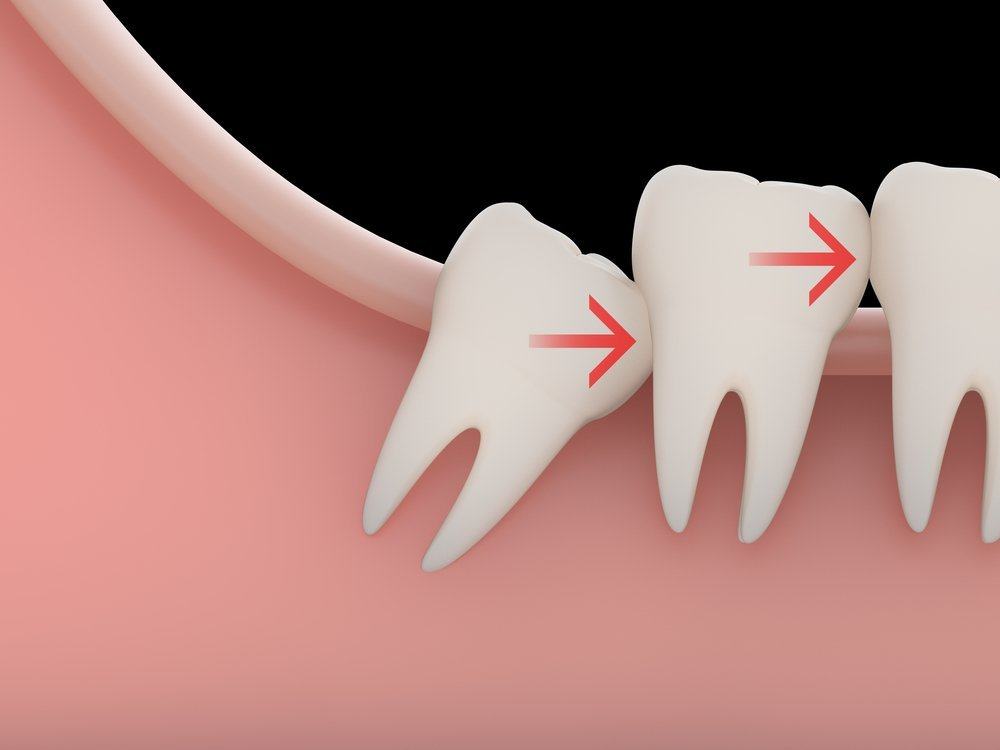Contents:
- Medical Video: Sexual harassment debate: Where should the line be drawn?
- Types of sexual abuse
- What should be done if you feel harassed?
Medical Video: Sexual harassment debate: Where should the line be drawn?
According to Komnas Perempuan, sexual harassment refers to sexual nuances that are conveyed through physical or non-physical contact, which targets parts of a person's sexual body or sexuality. These actions include whistles, flirting, comments or sexual nuances, showing pornographic material and sexual desires, pokes or touches on parts of the body, movements or gestures of a sexual nature, resulting in discomfort, irritability, feeling of humiliation, and may cause health and safety problems.
Sexual harassment is not just about sex. The essence of this problem is the abuse of power or authority, even though the perpetrator might try to convince the victim and himself that the harassment behavior that he is doing is actually sexual attraction and mere romantic desires. Most sexual harassment is done by men against women. However, there are also cases of female abuse against men, and also with same-sex men (both male and female).
Types of sexual abuse
According to the category, sexual harassment is divided into 5 types, namely:
- Gender harassment: Sexist statements and behavior that insult or demean a woman. Examples include derogatory comments, images or writings that demean women, obscene jokes or humor about sex or women in general.
- Seductive behavior: Sexual behavior that is offensive, inappropriate and unwanted. Examples include repeating unwanted sexual requests, forcing to eat dinner, drinking, or dating, sending letters and phone calls that are endless even though they have been rejected, and other invitations.
- Sexual bribery: Requests for sexual activity or other sex-related behavior with promises of compensation. Plans may be carried out openly or subtly.
- Sexual coercion: Forcing sexual activity or other sex-related behavior with the threat of punishment. Examples include negative job evaluations, revocation of work promotions, and death threats.
- Sexual offense: Severe sexual offenses (such as touching, feeling, or forcibly reaching) or sexual assault.
According to his behavior, sexual harassment is divided into 10 types, namely:
- Sexual comments about your body
- Sexual invitation
- Sexual touch
- Sexual graffiti
- Sexual cues
- Sexually dirty jokes
- Spread rumors about other people's sexual activity
- Touch yourself sexually in front of other people
- Talk about sexual activity alone in front of other people
- Showing images, stories, or sexual objects
What should be done if you feel harassed?
There is no way to respond to abuse. Every situation is different in shape, and only you can evaluate the problem and decide on the best response. Friends, affirmative action officers, HRD in the office, and women's groups can offer a variety of information, advice and support, but only you can decide what is right for you. The only thing you can really believe is that ignoring a situation won't cause your problem to just disappear.
The most important thing is not to blame yourself occasionally for the problems that occur, because this is not your fault. Place errors in place, namely in the person who has harassed you. Blaming yourself can cause depression and it won't help you deal with the situation.
Various strategies that can be done:
- Say "no" to explicit harassment.
- Tell someone about the event that happened to you, don't keep it for yourself. By staying silent, your problem will not be resolved. The possibility that can help you is that you are not the only victim who is harassed. Talking can help you find support and also protect others from being the next victim.
- Find out who is responsible for dealing with harassment in your area or region. Almost all organizations have policies for cases of sexual abuse.
- If you experience severe psychological distress, you may be able to consult a psychologist or therapist who is a mental health professional and understand the problems caused by sexual abuse.
READ ALSO:
- 8 Physical and Mental Trauma Due to Sexual Violence
- A Guide to Do After Experiencing Sexual Violence
- How to Teach Children to Protect Themselves from Sexual Violence












